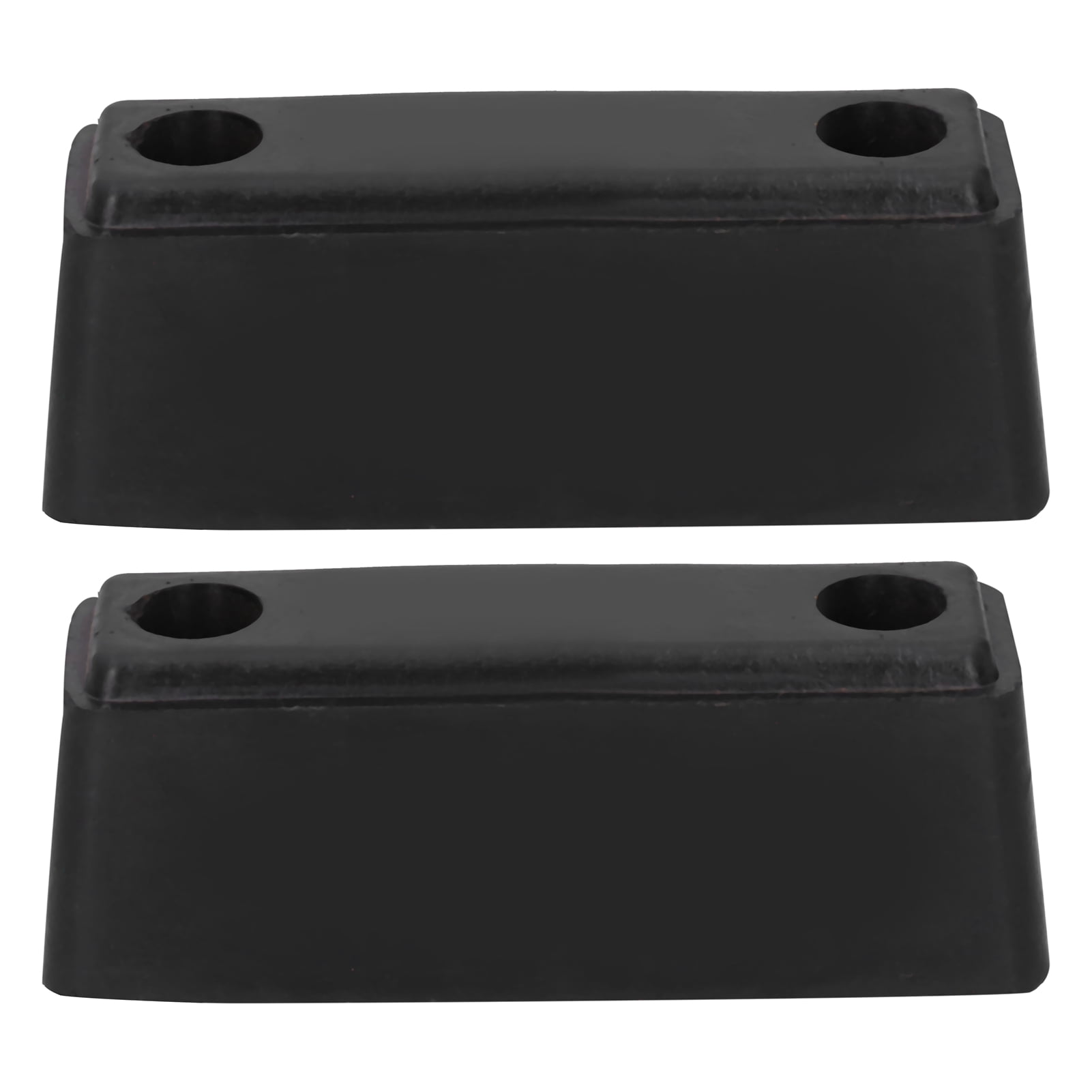

A forklift or a couple of pairs of assisting handsīecause concrete bumper blocks are heavy, you will need power tools such as a forklift to move them by yourself.Get the necessary supplies before starting the installation process: Gather your materials.Ĭoncrete bumper block installation requires a few specialized tools and materials to ensure that the blocks are installed correctly. Be accurate with your measurements to know exactly how much room you have. Indicate where the accessible parking spaces will be located and whether they will be larger than your conventional parking spaces.
Bumper blocks how to#
This is also your opportunity to figure out how to make your parking lot move more efficiently and make the most of available space. This will help you have a more precise idea of how many parking spaces you will have, how many parking blocks you will require, and what size the parking blocks should be. You will be better able to plan for accurate measurements and spacing if you create a map of your parking places. Once you have settled on a location, you will want to map out the individual parking spots. Whenever you are planning to pave a new lot, you will also need to consider what landscaping you will need to remove to make way for the new pavement. Remember to consider factors such as convenience, safety, the surrounding terrain, and more.įurthermore, check with your local municipality for zoning laws and restrictions to ensure that you comply with the rules and regulations when building your parking lot.īe sure to think about how many parking spaces you will need on your lot and whether or not the location you choose will have enough room for the size of your lot before making your decision.
Bumper blocks install#
Here’s a step-by-step to properly install concrete bumper blocks: Select the right location for your lot.Ĭhoosing the right location for your parking lot is the first step. Once the reports as TRUE, the VR Robot will move to the next block in the stack and stop driving.Whether you are building a new parking lot or looking for ways to improve your current lot, installing concrete bumper blocks is a smart way to keep vehicles from rolling around and damaging your property or other nearby parked cars.Īlthough installing concrete bumper blocks seems tricky, it is relatively simple if you follow the proper instructions. The block allows the VR Robot to keep driving forward while checking the condition of the Bumper Sensor with the block.Watch the VR Robot drive from the start of the Wall Maze and stop when the Bumper Sensor is pressed by the wall.Launch the Wall Maze Playground if it is not already open and run the project.Drag in a block and add it to the project.This project will use the Bumper Sensor to drive through the Wall Maze Playground. Drag the non-waiting block into the workspace.Selecting the arrow on the block will turn the block from waiting into a non-waiting block. Non-waiting blocks, such as and, continue to move to the next block in the stack even if the behavior of the non-waiting block is not complete.Ĭertain blocks, like and can be waiting or non-waiting blocks. Waiting blocks, like and, complete their behaviors before moving onto the next block in the stack. Non-waiting and waiting blocks determine when the next block begins a behavior. The blocks are used in conjunction with non-waiting blocks such as or. A project will not move to the next block in the stack until the condition in the block reports as TRUE. blocks repeatedly check a Boolean condition and control the project flow. The block is a Control block that accepts Boolean conditions.



 0 kommentar(er)
0 kommentar(er)
